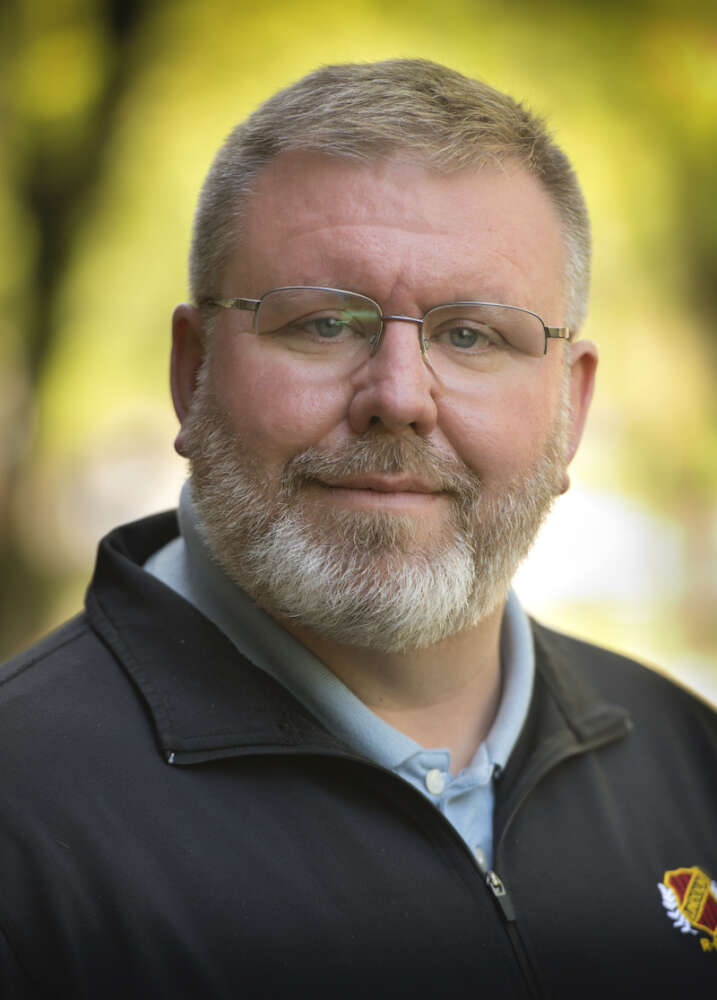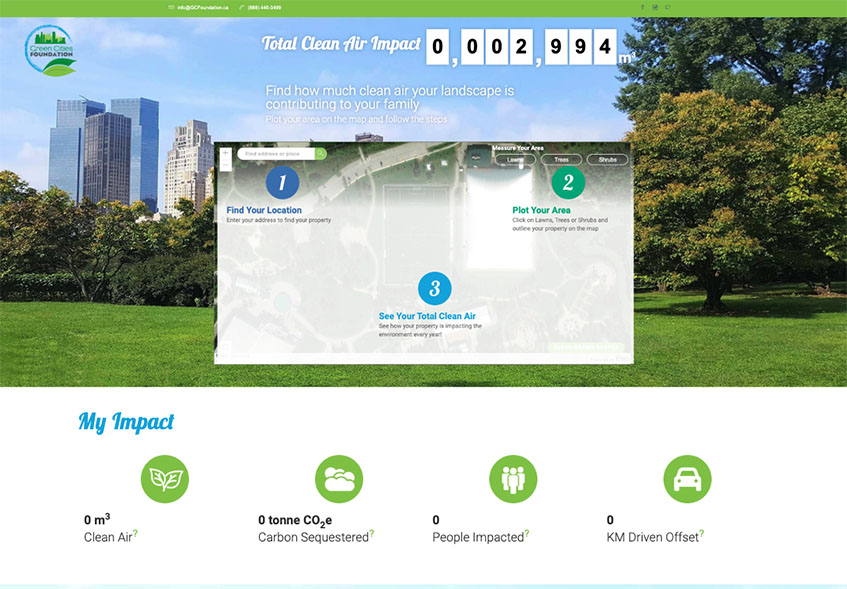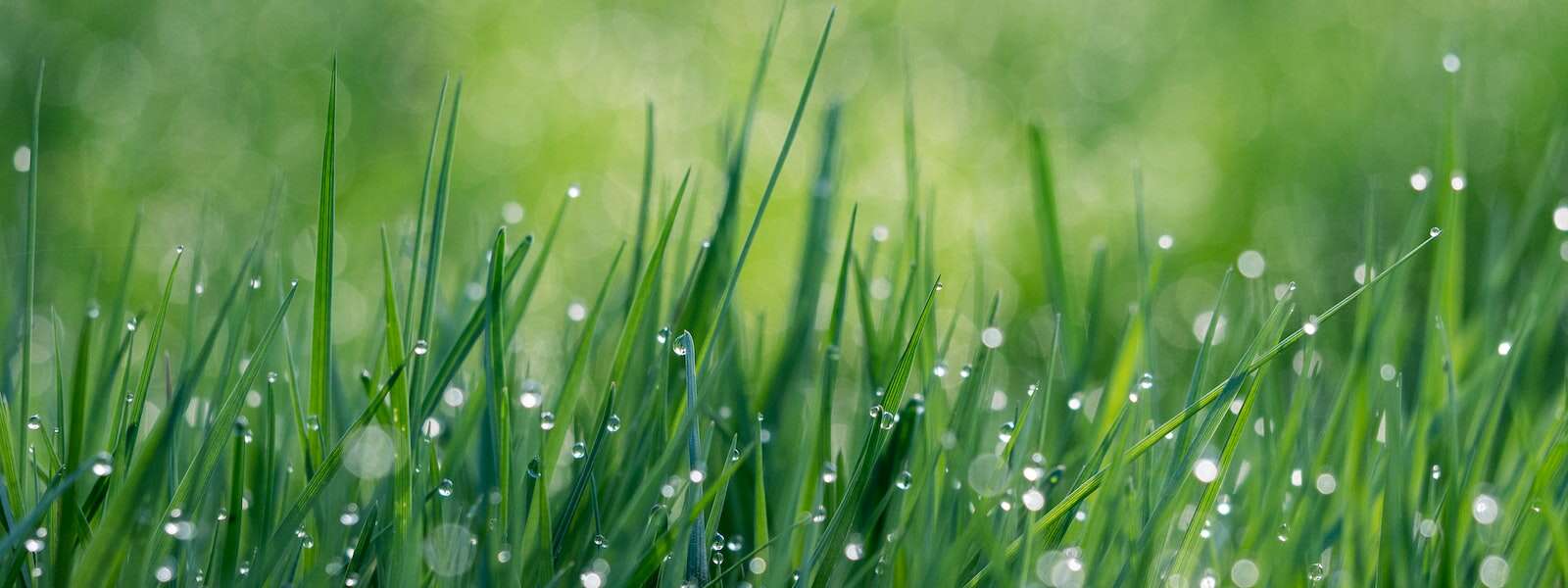How green is your garden? A new carbon cost calculator developed with help from University of Guelph researchers is intended to help homeowners and landscapers track carbon sequestration and emissions from lawn and garden maintenance.
Dr. Eric Lyons, a professor at the Department of Plant Agriculture in the Ontario Agricultural College, was contacted by the Canadian Nursery and Landscape Association (CNLA) to help develop a tool to determine how well a lawn sequesters carbon. Intended to account for the hidden carbon costs of maintaining trees and turfgrasses, the tool tracks carbon capture by urban lawns and trees that offsets carbon dioxide emissions produced from activities like mowing a lawn or applying fertilizer.
“The CNLA reached out to us because they wanted the right metric for their calculator so that when the public uses it, they can confidently say, ‘This makes sense in my yard,’” said Lyons, also the director of the Guelph Turfgrass Institute at U of G.
Now, he and his research team have published the metrics that informed the calculator in the journal Sustainability.
The grass is greener

They found little public information about carbon sequestration and costs involving urban trees but lots of data on turfgrasses. Little to none was available for shrubs and bedding plants.
The team concluded turfgrasses and trees have similar positive carbon balances, meaning that both sequester more carbon than they emit.
Yet across Ontario, yards are being ripped out in favour of stone, shrubs or cement blocks for barbecues and picnic tables, said Lyons.
“People would prefer to have a lawn, but only if it’s not too hard to maintain,” he added. “And let’s face it, there’s a lot of information out there that says you shouldn’t have one, that lawns are bad for the environment.
“Our research shows that this is not true. Plants are good for the environment.”
But the benefits provided by plants and trees extend beyond the environment. Lyons and his team found that different plant types added unique ecosystem and societal benefits.
For example, turfgrass is “the only landscape plant you can really play on,” he said. Along with trees, turfgrass can help cool homes and protect them from flooding.
“So, it’s not all bad. When you think about play, accessibility and safety, lawns are very important,” Lyons added. “You have a space that your kid can play on, that your dog can play on, that you can do countless activities on.”
A tool to address misinformation around the benefits of plants

In some ways, those benefits are often overlooked or misunderstood because of how the research is interpreted. For trees in urban settings, for example, a lot of research comes from forestry.
“But forestry environments are very different,” said Lyons, noting 25 per cent of urban trees die within one to five years of planting.
“It’d be similar to me saying that a beautiful tallgrass prairie in the Midwest is going to act the same as your home lawn, when we know it’s not going to,” he added.
The CNLA’s Clean Air Calculator draws on Lyons’ research and scientific studies and experts from organizations including the federal government and the U.S. Forest Service Department, said Frydda Sandoval, study co-author and an environmental policy coordinator at CNLA.
The tool is intended to create awareness of the benefits of urban plants. It will be available in spring 2023 on the website of the Green Cities Foundation, a Canadian charity that connects plants and people for a greener, healthier urban climate, Sandoval added.
Users will be able to outline grasses, trees and shrubs on an interactive map. The calculator will estimate the environmental benefits by measuring the carbon dioxide sequestered by the landscaping item and by counting how many people will be affected and calculating vehicle emission offsets.
“The value of greenery is not easily communicated in engaging ways, but the goal of the calculator is to change that,” Sandoval said. “It’s an engaging way to tell the story of the benefits of plants.”
Contact:
Dr. Eric Lyons
elyons@uoguelph.ca
